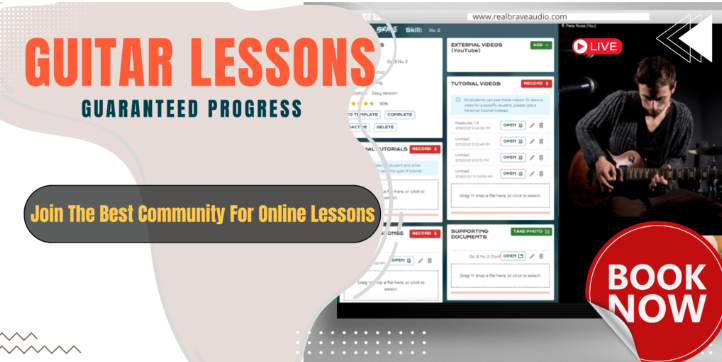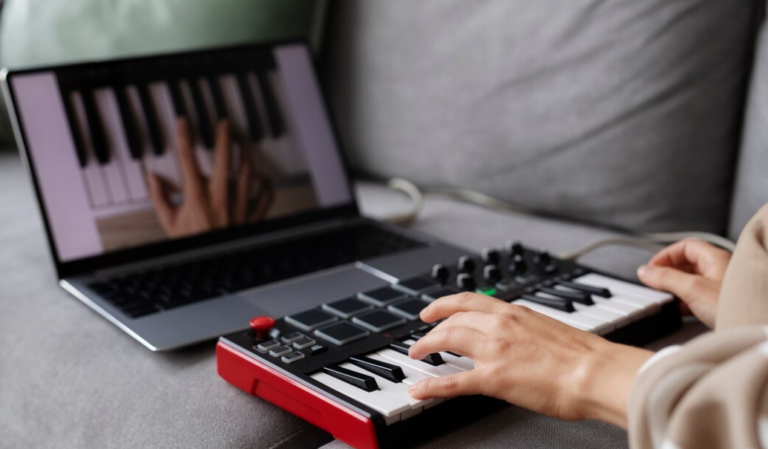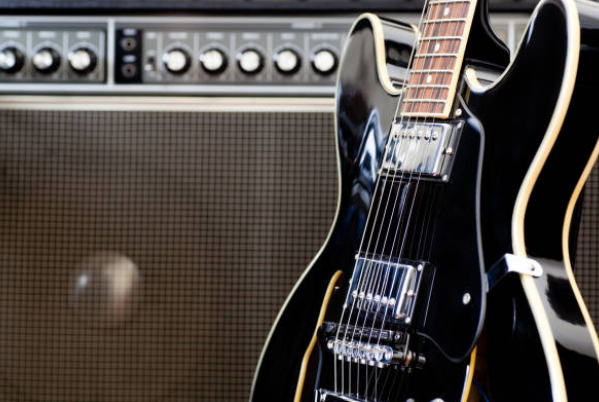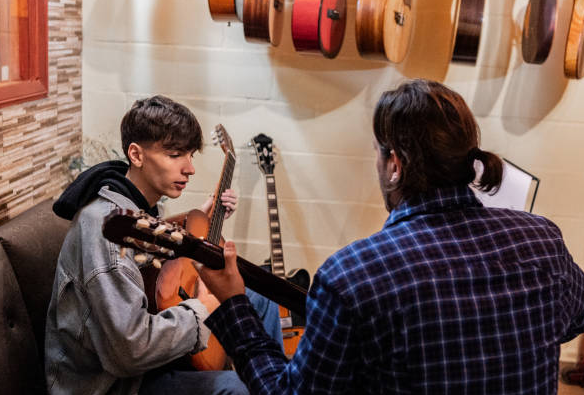How To Practice Guitar Chord Transitions for Beginners – 8 Easy Steps

A smooth chord transition is one of the biggest hurdles for beginner guitarists. It can feel frustrating when your fingers don’t move fast enough, but don’t worry, every guitarist has been there! With the right approach, you’ll learn about chord transition like a pro in no time. Here’s how to do it.
1. Start Slow and Focus on Accuracy
Many beginners try to switch chords quickly right away, but that leads to messy transitions. Instead, slow down and focus on placing your fingers correctly before worrying about speed.
Exercise:
- Pick two chords (like G and C) and switch between them slowly.
- Make sure each note rings clearly before moving to the next.
- Aim for clean, smooth movements.
2. Keep Your Fingers Close to the Fretboard
A common mistake is lifting fingers too far off the fretboard when switching chords. The farther your fingers travel, the longer it takes to transition.
Tip:
- Move your fingers efficiently by keeping them low and relaxed.
- Try to visualize the next chord before you move.
3. Use Common Anchor Fingers
Some chords share finger positions. Instead of lifting all your fingers off the strings, keep at least one in place to make the chord transition smoother.
Example:
- Moving from C to G? Keep your ring finger anchored on the third fret of the B string.
- Switching from A to D? Your index finger stays close to where it needs to be.
4. Strum While Switching
One trick to improve fluidity is to strum continuously while transitioning, even if your fingers don’t land perfectly. This keeps your rhythm steady and prevents hesitation.
Exercise:
- Strum a simple downstroke pattern while switching between two chords.
- Even if you don’t get the chord right immediately, keep strumming!
5. Practice “Chord Push-ups”
Repetition is key to muscle memory. A great exercise is the Chord Push-up Method:
How to do it:
- Form a chord.
- Press down, then fully release your fingers.
- Place them back in the correct position.
- Repeat this 10-20 times per chord.
This strengthens your muscle memory and makes transitions automatic over time.
6. Use a Metronome
Timing is everything! Practicing with a metronome forces you to stay on beat and transition more efficiently.
Exercise:
- Set a metronome at a slow tempo (around 60 BPM).
- Play one chord per click, switching on time.
- Gradually increase the speed as you improve.
7. Play Along with Simple Songs
Practicing with real songs helps develop chord transitions in a natural way. Start with slow songs that use common chords, like “Horse with No Name” (Am and G) or “Knockin’ on Heaven’s Door” (G, D, Am, C).
8. Be Patient and Stay Consistent
Like anything else, chord transitions take time. Practice every day, even if it’s just for 10-15 minutes. Small, consistent effort leads to big progress!
Final Tip:
- Celebrate small wins! If you can switch between two chords smoothly today that felt impossible last week, you’re making progress.
Ready to Improve Your Chord Transition?
If you stay patient and use these techniques, you’ll be switching between chords effortlessly before you know it. Keep practicing, and most importantly, have fun.
Interested in taking your guitar skills to the next level? Click the below and book a free lesson with us! We’re committed to helping you express yourself freely on the guitar without endless scales and theory. Happy playing!
Author: Daniel Powers Jr, the founder of Real Brave™, serves as the chief inspiration to thousands of students in the Real Brave music instruction program. He’s also the visionary behind PracticePad™, an online platform for live one-on-one online music lessons, lesson tracking, and scheduling. Beyond his entrepreneurial pursuits, Daniel leads a non-profit organization that provides formerly homeless children with access to music education, making a profound impact on their lives. His unwavering dedication to music, innovation, and education continues to inspire individuals to reach their fullest potential while creating positive change in communities. Follow Real Brave on all the socials:
youtube.com/@realbraveinc
twitter.com/realbraveinc
https://www.tiktok.com/@realbraveinc
instagram.com/realbraveaudio
facebook.com/realbraveinc






